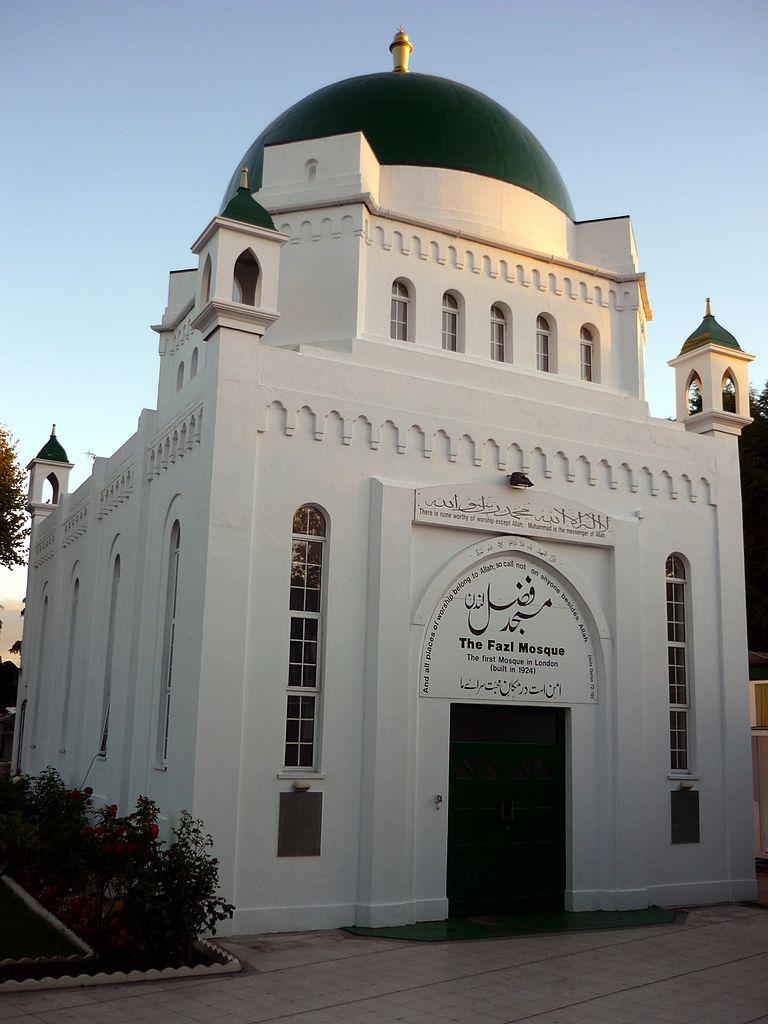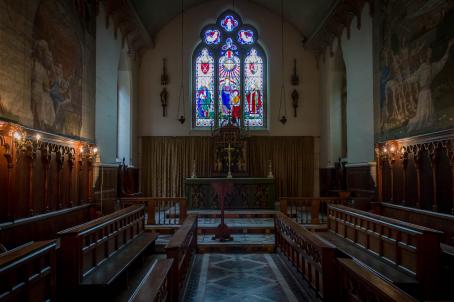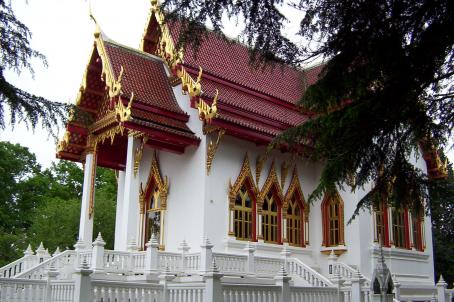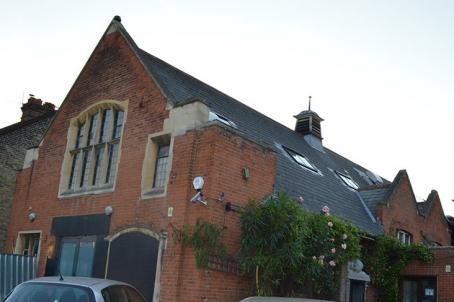Fazl Mosque

The Fazl Mosque, inaugurated in 1926 in the Southfields district, is London's first purpose-built mosque. It was the international headquarters of the Ahmadiyya Community from 1984 to 2019. It is recognised as a grade II listed building.
About this building
It was designed by British landscape architect Thomas Mawson. Its construction was fully financed by donations of the Ahmadi Muslim Community.
The mosque has a square base, with four cupolas on each corner and a central dome. Its style is a mix of traditional Mughal architecture from India and British contemporary influences.
In the 1980s, following an ordenance of the Government of Pakistan that prohibited Ahmadiyya to publicly express their religious beliefs, the caliph and head of the community, Mirza Tahir Ahmad, emigrated to London and established his residence next to the mosque.





